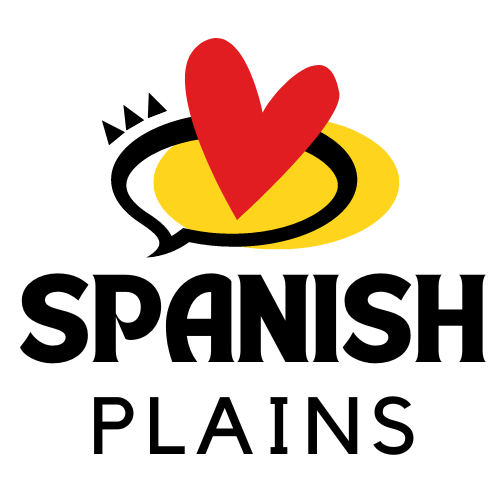Introduction
Mataró, located in the province of Barcelona, Catalonia, is a city deeply rooted in history and culture. With a rich heritage that dates back thousands of years, Mataró offers visitors a glimpse into the captivating past of Catalonia. From its ancient Roman origins to its significance during the industrial revolution, this enchanting city never fails to amaze.
The Roman Legacy
Mataró proudly showcases its Roman heritage, with several ancient monuments still standing as a testament to the city’s past. One of the most remarkable sites is the Roman Villa of Can Llauder, a well-preserved villa that provides insight into the daily life of the Roman inhabitants. Another significant relic is the Torre Llauder, an impressive tower that served as a lookout during that era.
The Industrial Revolution
Mataró played a crucial role during the industrial revolution in Catalonia. Known as the “Cradle of the textile industry,” the city witnessed an economic boom with the establishment of numerous textile factories. The legacy of this era can be seen in the beautiful modernist buildings scattered throughout Mataró. The Fabrica Llobet-Guri, now converted into a museum, gives visitors a glimpse of the past and highlights the city’s industrial heritage.
The Historic City Center
The heart of Mataró lies in its historic city center, characterized by charming narrow streets, picturesque squares, and beautiful architecture. The magnificent Basilica of Santa Maria, an example of Catalan Gothic design, is a must-visit. The Plaça de Santa Anna, surrounded by traditional houses with colorful facades, is a perfect spot to savor the city’s atmosphere. Take a stroll through the bustling Plaça Gran, lined with shops and cafes, to experience the vibrant energy of the locals.
The Beaches and Outdoor Delights
Mataró’s coastal location offers a perfect combination of history and natural beauty. The city boasts several stunning beaches where visitors can relax, take a dip in the Mediterranean Sea, or indulge in various water sports. Playa de Sant Simó is particularly popular, known for its golden sands and crystal-clear waters. For nature lovers, the Parc de la Serralada Litoral provides a great opportunity for hiking and exploring the beautiful landscape surrounding the city.
FAQs Section
1. What is the best time to visit Mataró?
The best time to visit Mataró is during the spring and autumn months, when the weather is mild and pleasant. This allows you to fully enjoy both the city and the outdoor attractions without extreme temperatures or overcrowding.
2. How do I get to Mataró?
Mataró is easily accessible by public transportation. Barcelona’s El Prat Airport is the closest international airport, and from there, you can take a train or bus to reach Mataró. The city is also well-connected by train and bus services from Barcelona and other major cities in Catalonia.
3. Are there any notable festivals or events in Mataró?
Mataró hosts various cultural and traditional events throughout the year. The Festa Major de Mataró, held in July, is one of the most important celebrations, featuring parades, concerts, and fireworks. The Carnival of Mataró is another vibrant event, bringing the streets to life with colorful costumes and joyful festivities.
4. What are some local dishes or culinary specialties in Mataró?
The gastronomy of Mataró reflects its coastal location and Catalan roots. Some local specialties include “suquet de peix” (fish stew), “fideuà” (similar to paella but made with noodles), and “all i oli” (garlic and oil sauce) served with various dishes. Don’t forget to try the delicious “crema catalana,” a traditional Catalan dessert.
